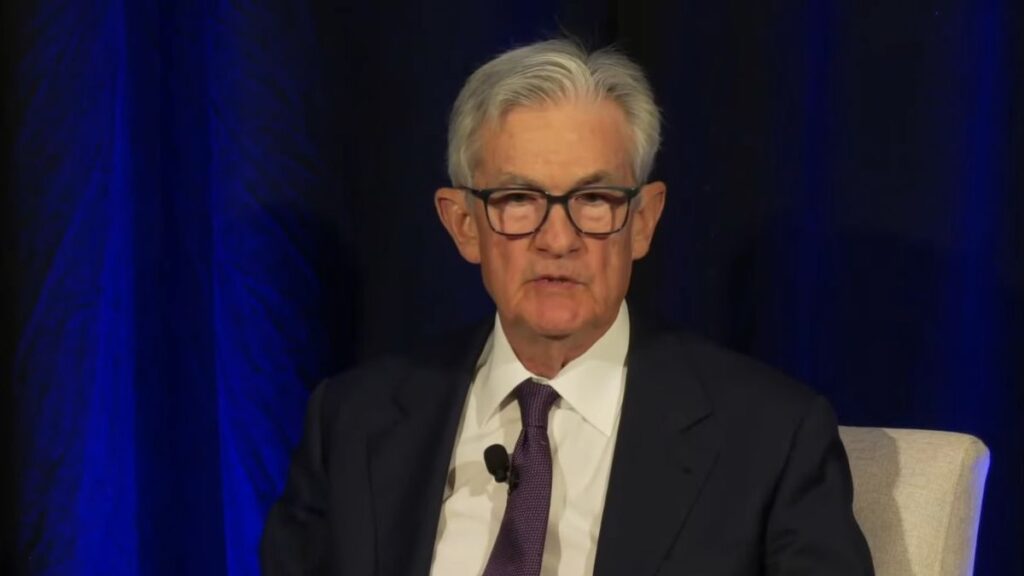
Introduction
The Federal Open Market Committee (FOMC) plays a critical role in shaping the monetary policy of the United States. This group, part of the Federal Reserve System, determines the direction of interest rates and regulates the money supply, which significantly impacts economic stability and growth. Given the current rising inflation rates and economic uncertainty, the decisions from the latest FOMC meeting hold particular relevance for investors, businesses, and consumers alike.
Recent Developments
The most recent FOMC meeting, held on September 20, 2023, concluded with a decision to maintain the federal funds rate at 5.25-5.50%. This rate has been held steady since July to combat inflation which, while showing signs of easing, is still above the Federal Reserve’s target of 2%. The decision was influenced by various economic indicators, including a resilient job market and consumer spending levels that remain robust despite higher borrowing costs.
The committee also expressed concerns regarding inflation which surged in recent months due to higher energy prices and ongoing supply chain disruptions. Federal Reserve Chair Jerome Powell stated in a press conference that the FOMC is committed to its dual mandate of maximizing employment and stabilizing prices, indicating a cautious approach for the future.
Impacts on the Economy
The hold on interest rates is expected to provide some relief to consumers and businesses who have been facing rising costs for borrowing. Mortgage and credit card rates have continued to rise, impacting housing markets and consumer spending habits. Economists predict that this steady rate may allow inflation to decrease gradually without triggering a recession, a central concern for the Federal Reserve.
Moreover, market analysts believe the decision is also influenced by global economic conditions, with concerns over economic slowdowns in Europe and China adding pressure to the Fed’s policy outlook. Investors are closely watching potential signals of rate hikes in future meetings as the FOMC aims to balance growth and inflation.
Conclusion
The FOMC’s recent decisions reflect a carefully measured approach to navigating the current economic landscape. As inflationary pressures persist, the committee’s actions will be crucial to the overall health of the U.S. economy. Looking ahead, many forecast potential shifts in monetary policy based on upcoming economic data, making it essential for stakeholders across all sectors to remain informed and prepared for changes. The importance of monitoring the FOMC’s future meetings cannot be understated, as they will undoubtedly shape financial markets and economic conditions well into 2024.



